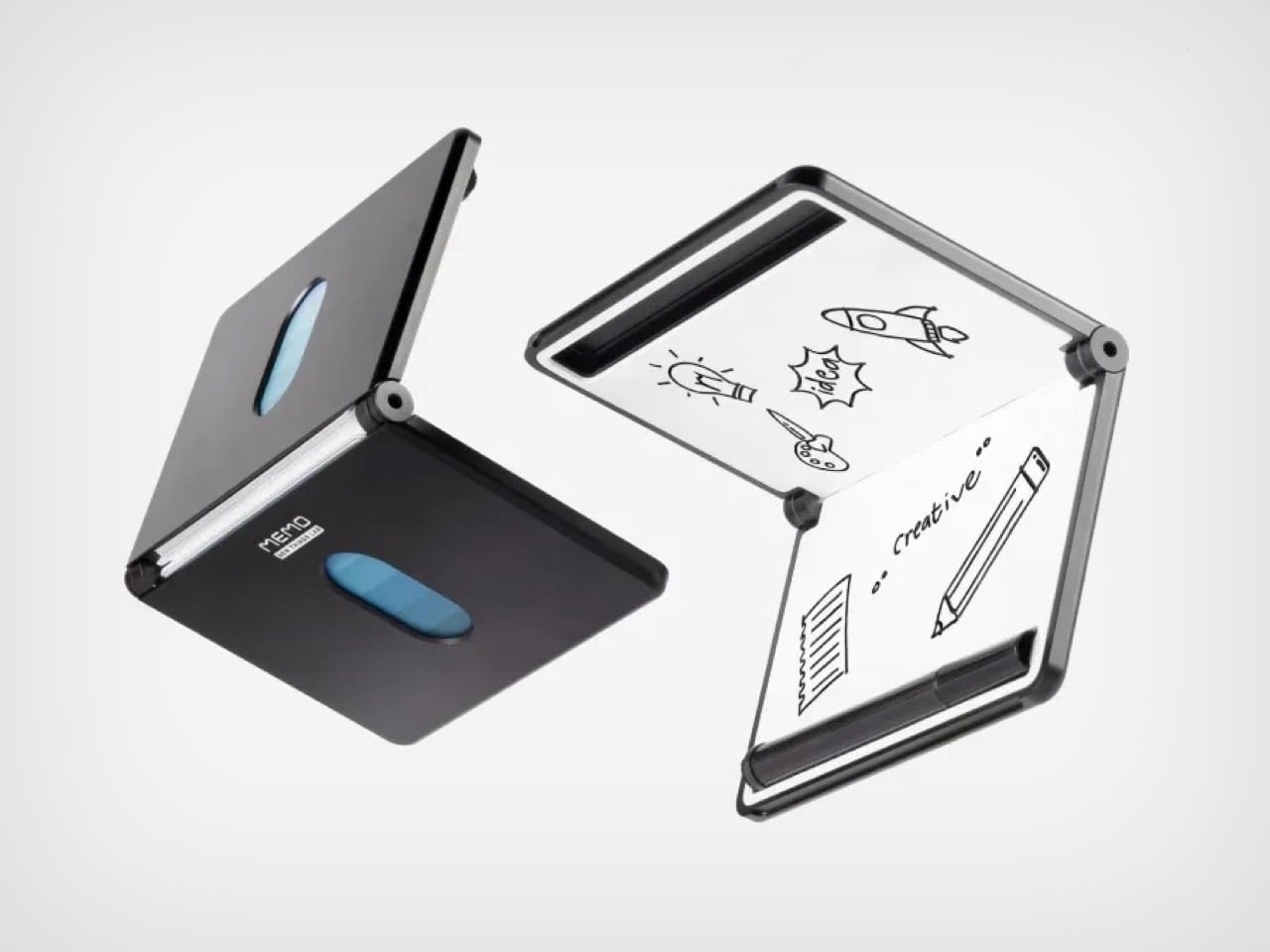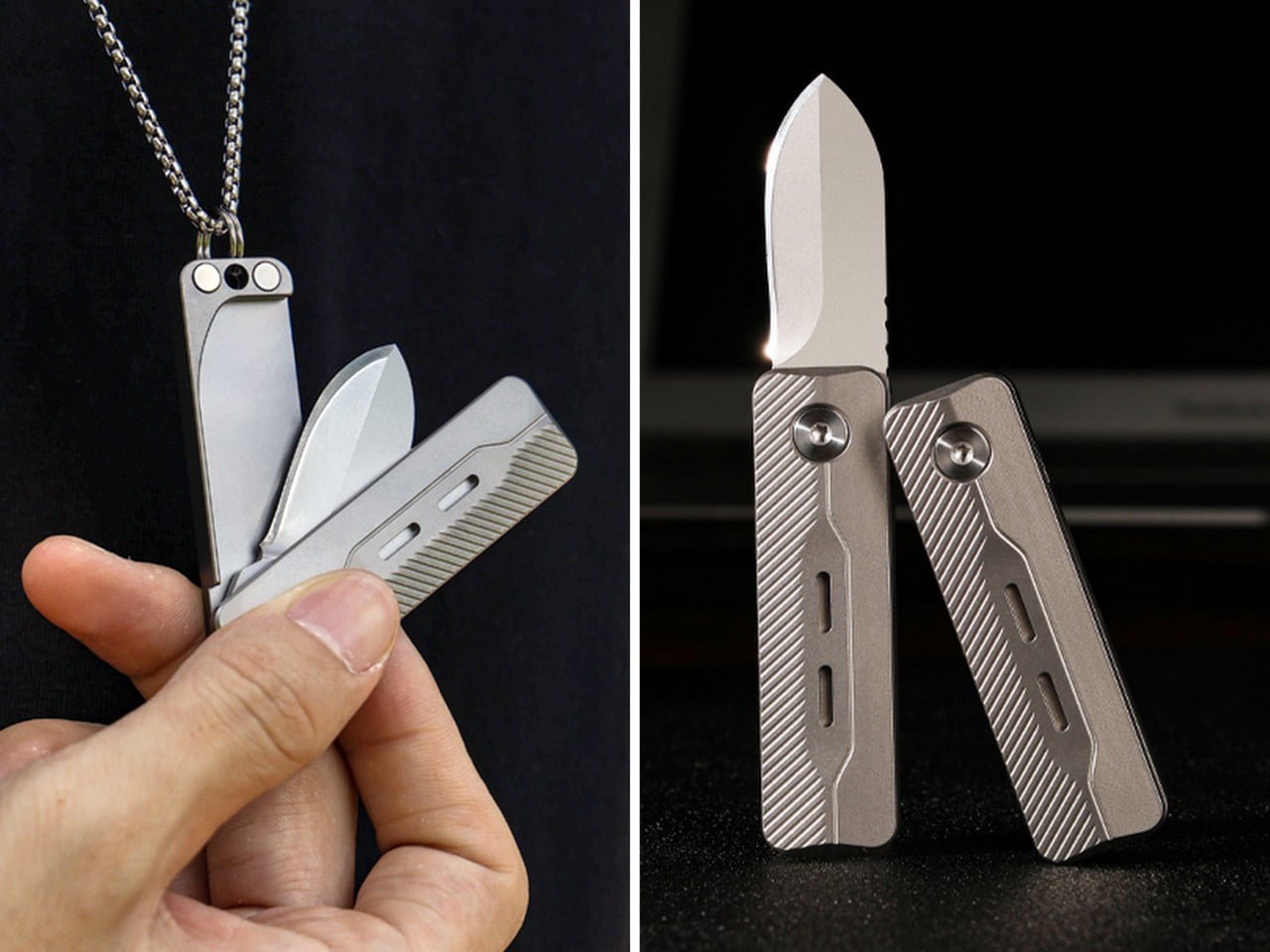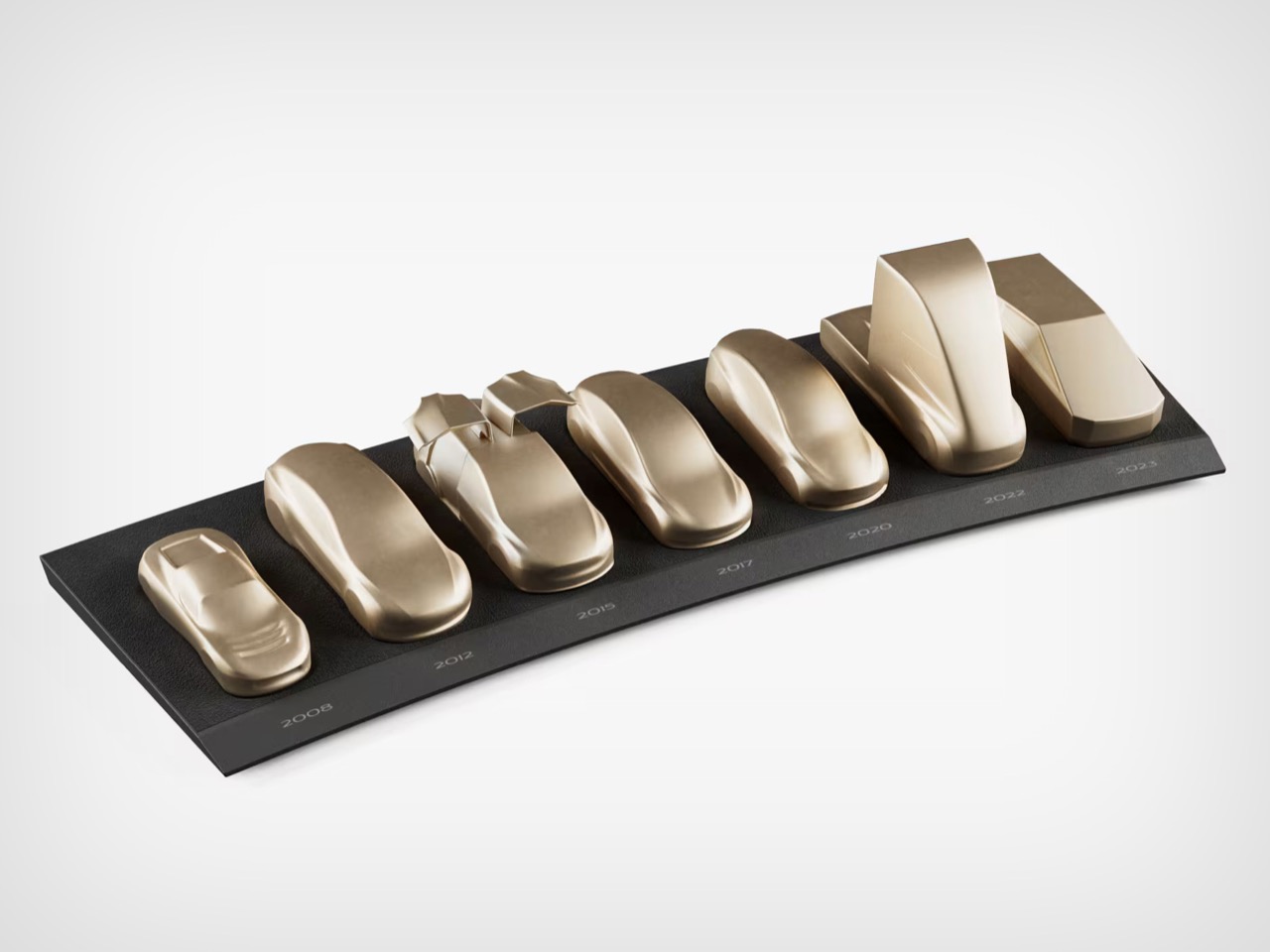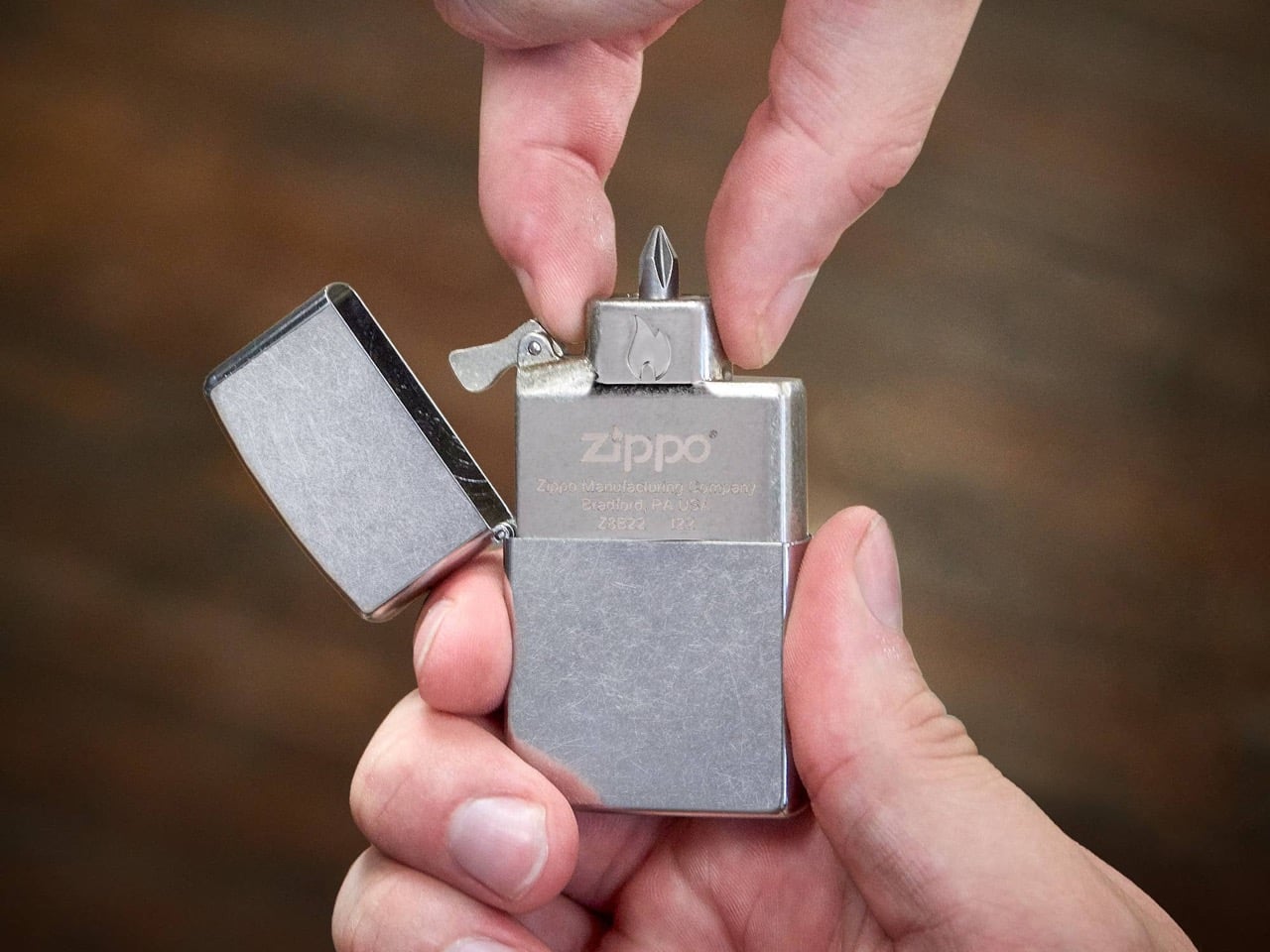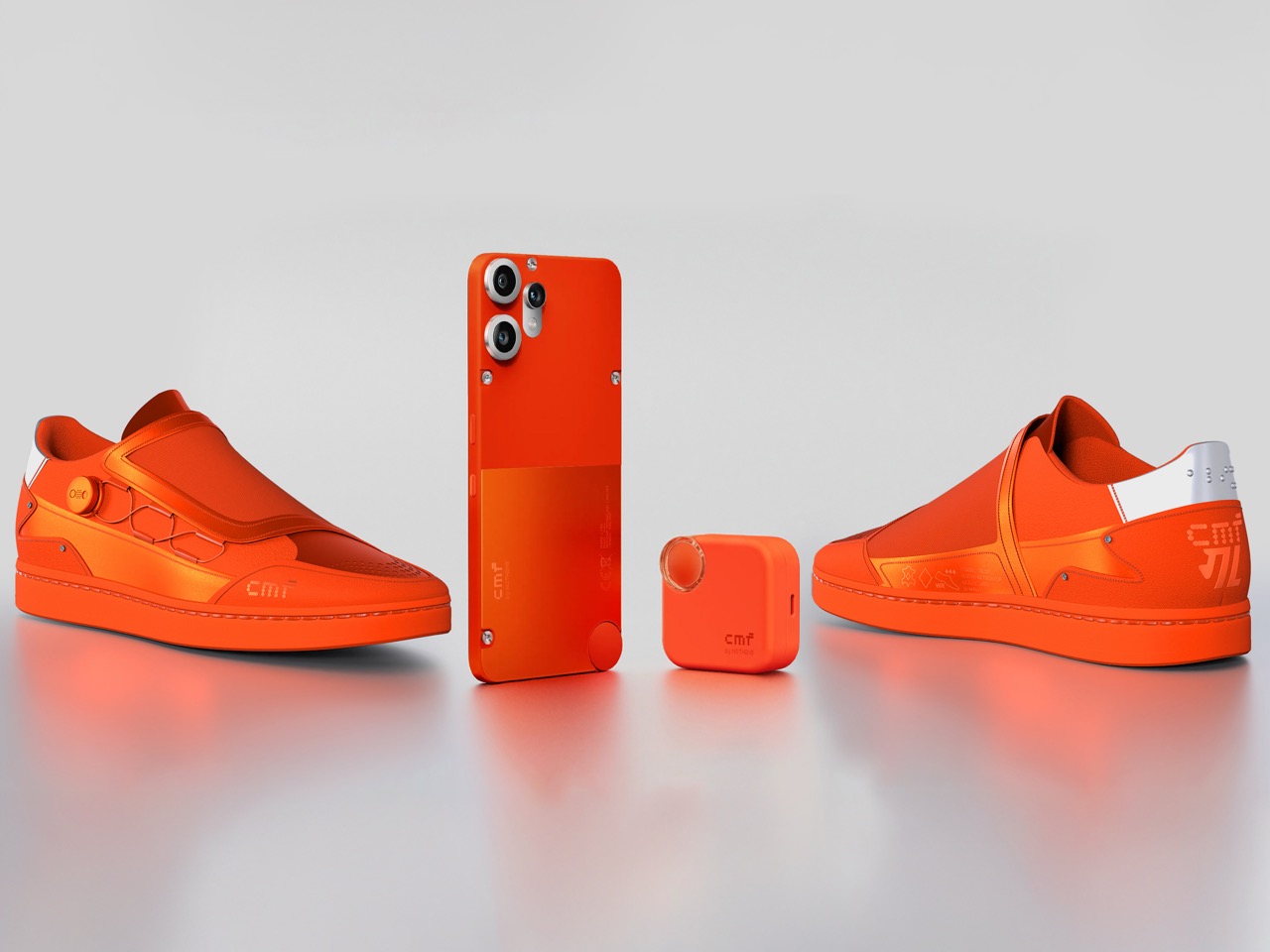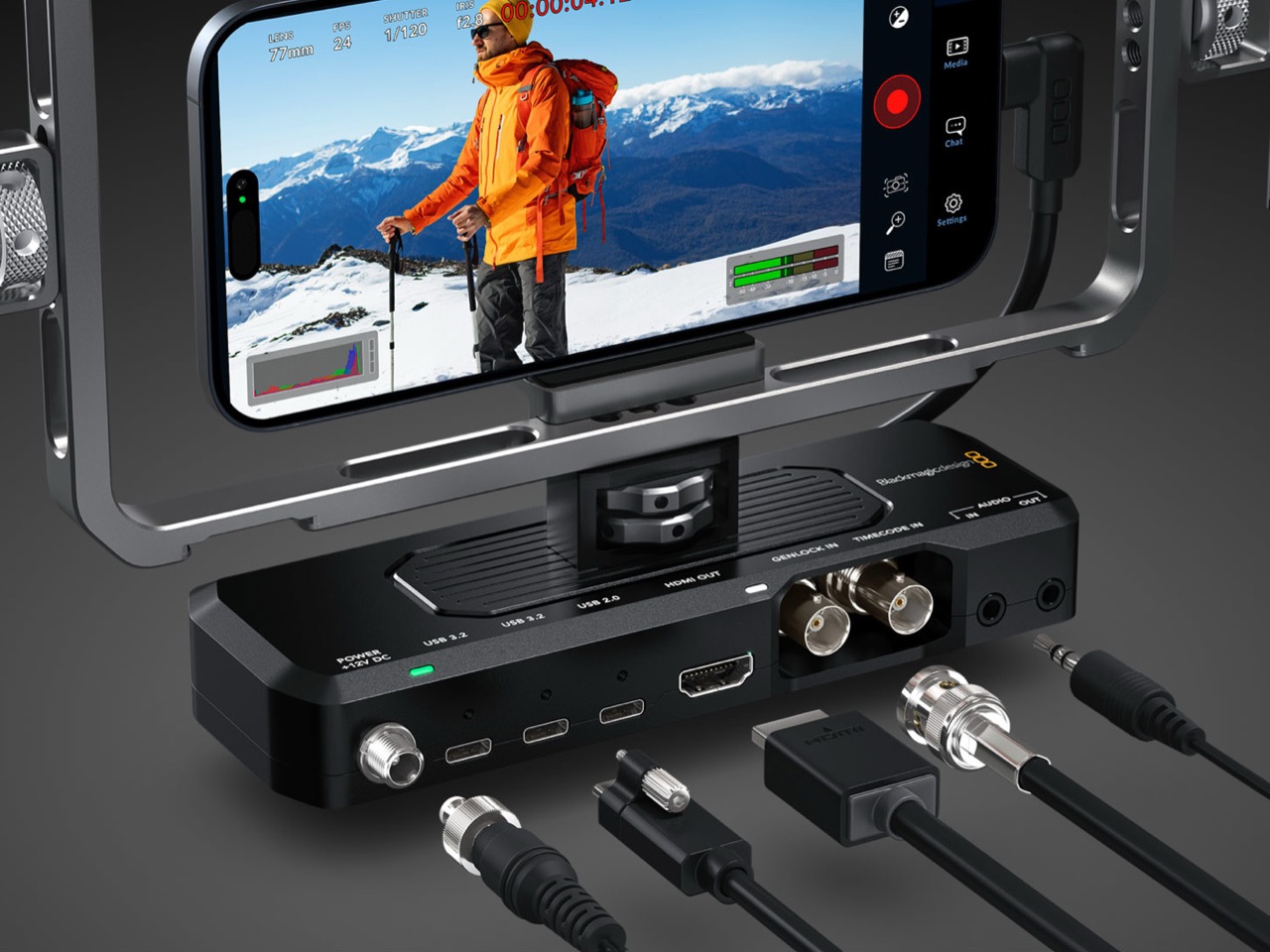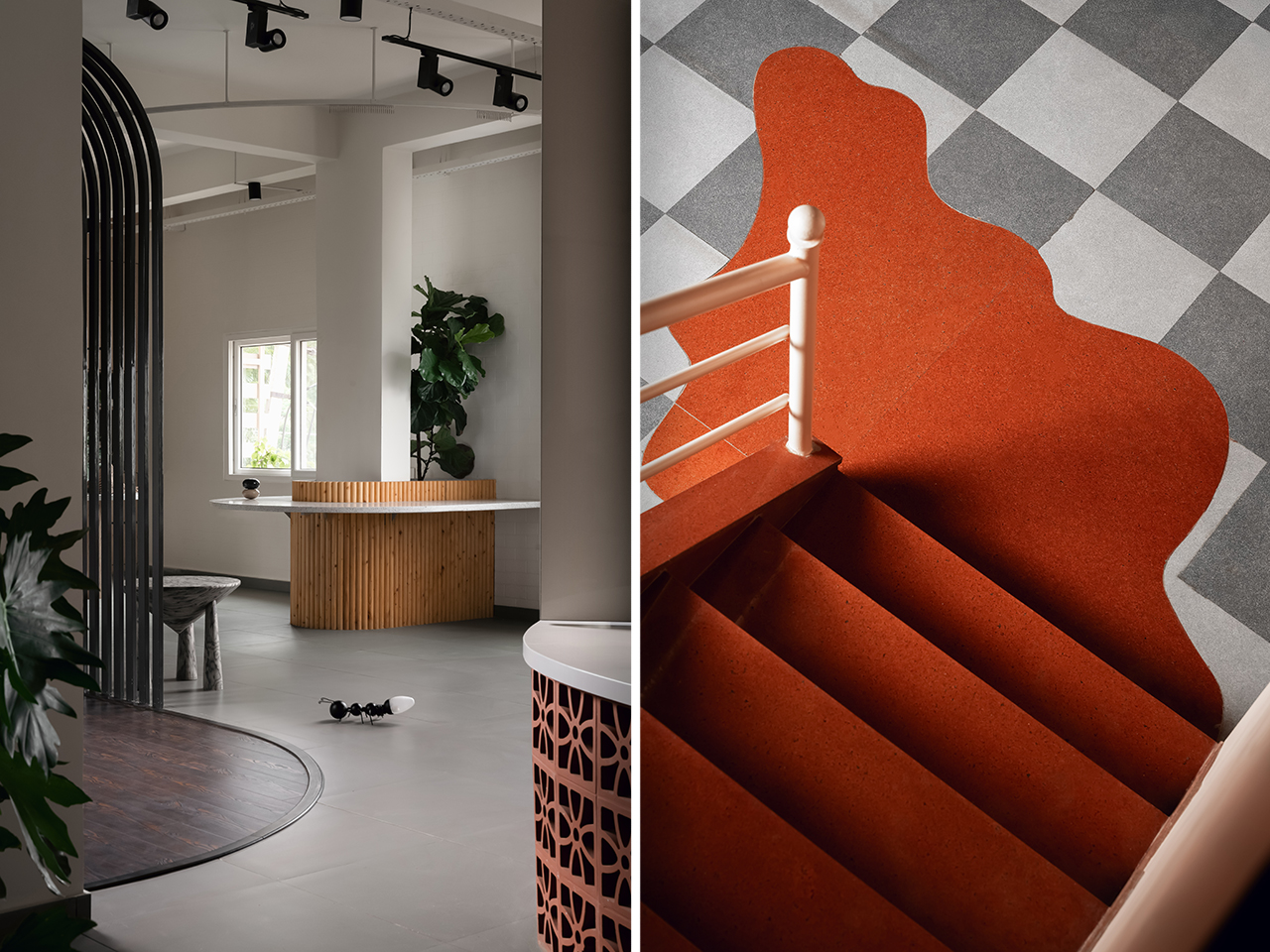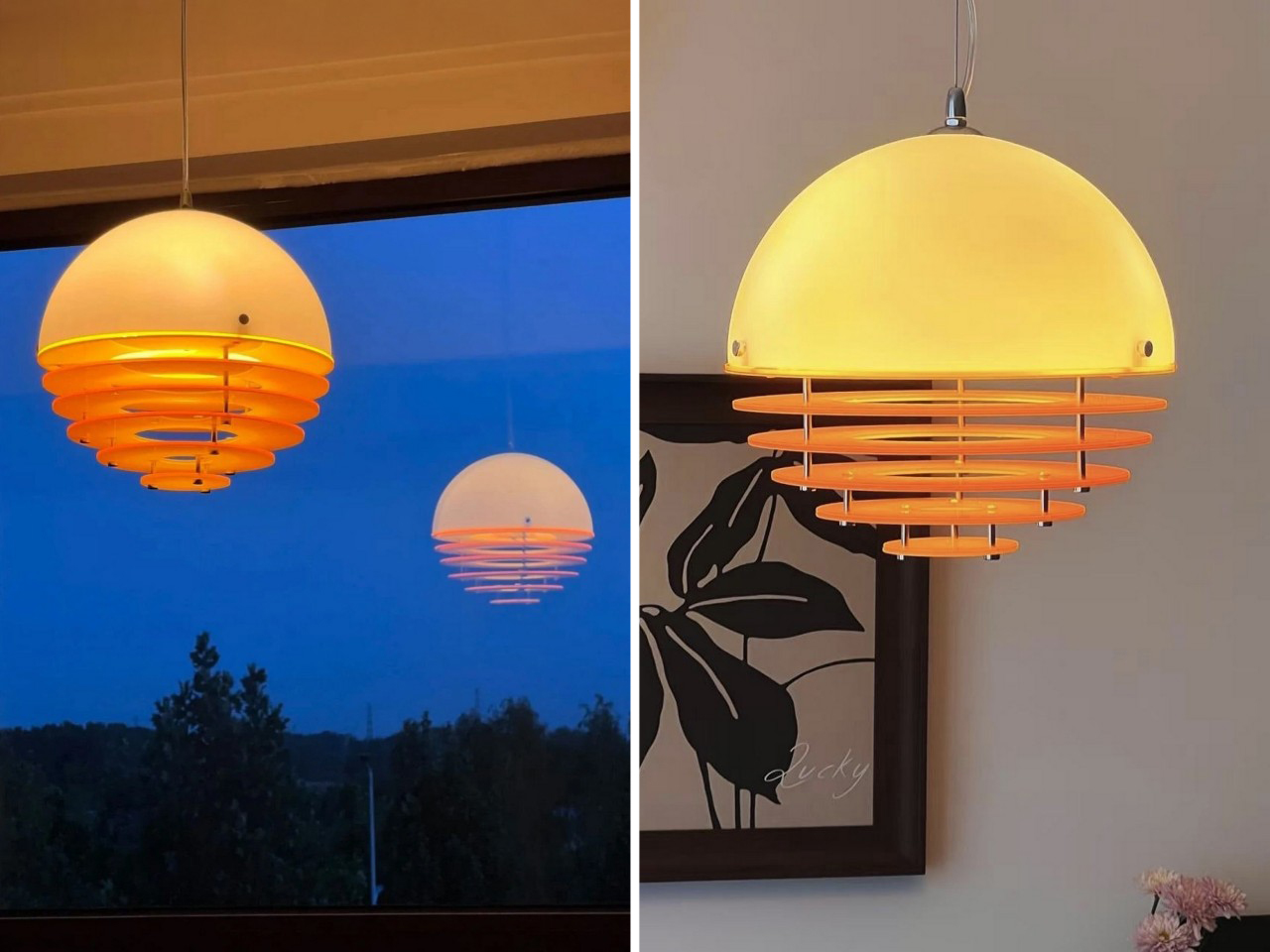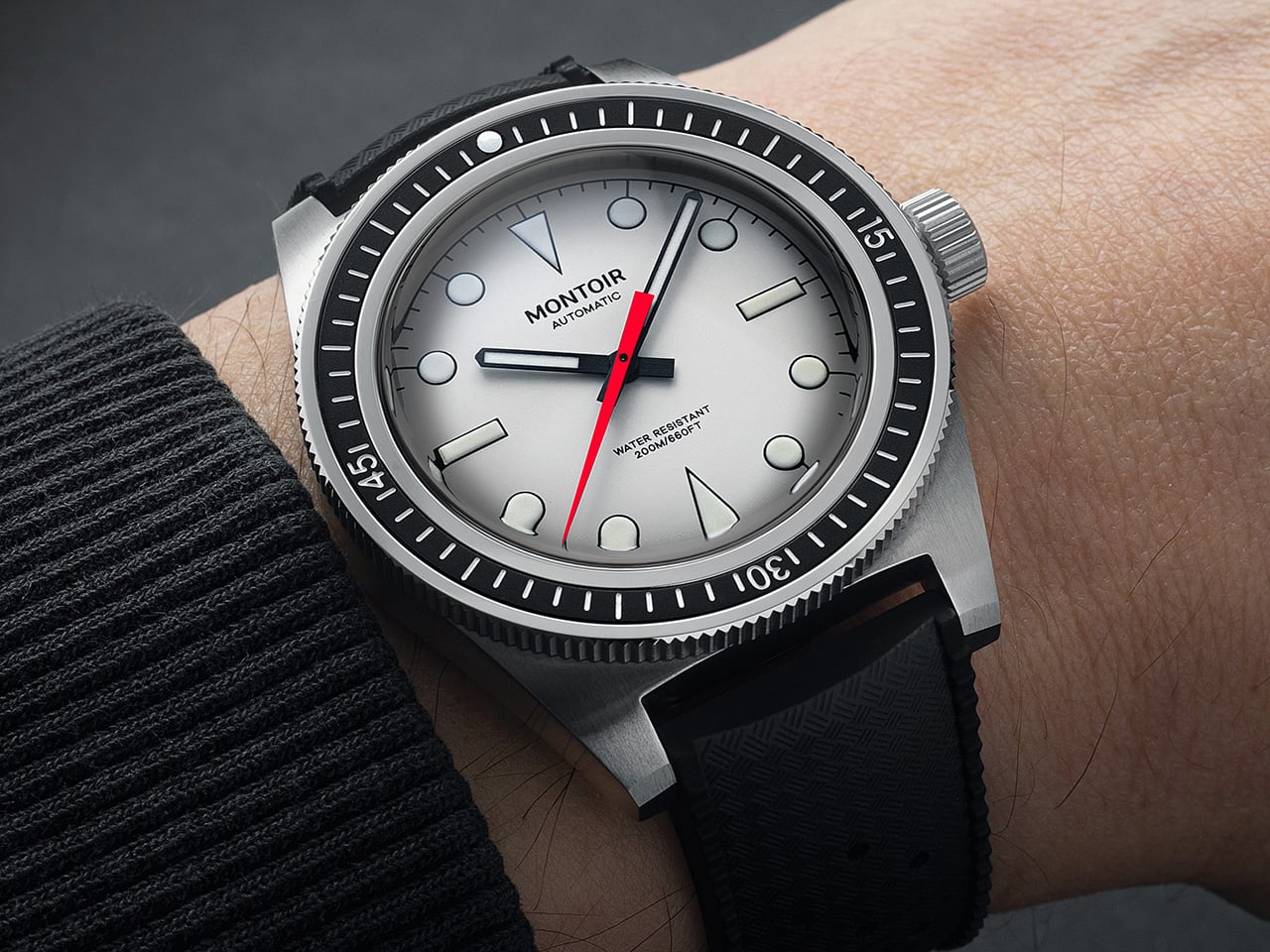Every Tuesday, Yanko Design’s new podcast “Design Mindset” goes beyond the portfolios and project showcases, diving deep into the philosophies, failures, and future-facing strategies of the world’s most influential creative leaders. Hosted by Radhika Seth, “Design Mindset” brings candid conversations that reveal not just how great design is made, but why it matters, especially when the stakes are high, and the choices aren’t easy. Whether you’re a young designer, a founder, or simply a creative at heart, the show aims to inspire and equip you to build businesses and products that serve both profit and purpose.
Our premiere episode features Ashwini Deshpande, co-founder of Elephant Design, India’s largest independent multidisciplinary design consultancy. With a career spanning 36 years, Ashwini represents a generation that transformed Indian design from an afterthought to a vital force in business and society. The conversation traces Elephant’s origins in 1989’s scarcity-driven India, reveals the philosophy that design is “not a luxury, but a democracy,” and explores how commercial success and social impact can, and should, align.

Why Choosing Between Profit and Purpose is a False Dilemma
Ashwini wastes no time confronting the age-old debate between doing good and doing well. “You don’t have to choose between profit and purpose. You can integrate both. It can come together,” she asserts with the confidence of someone who has spent 36 years proving this theory. This isn’t wishful thinking or corporate speak. It’s a business philosophy forged in the fires of India’s economic transformation, when design consultancy was virtually unknown and every project was an opportunity to prove that good design could create social change.
The foundation of this belief traces back to Elephant’s radical vision, shaped at NID (National Institute of Design), which saw design as a tool for everyone, not a luxury for the few. “Design isn’t a luxury, it’s not a tool, it’s a democracy,” Ashwini says. But democracy requires participation, and participation requires survival. “You can do good only if you survive to do that. It was important to get financial stability and have a business model that could grow, that could employ more designers, and in turn spread the impact of design.” For Ashwini, design is part of nation-building, and fair compensation is not just deserved, but essential for sustaining impact.
Building a Design Empire in an Economy That Didn’t Know Design Existed
Picture India in the late 1980s: just two car models, scooters bought on installment with years-long waiting lists, no malls, no branded clothes, and computers just beginning to enter workplaces. This was the landscape where Elephant Design was born, and every single project was revolutionary simply by existing. “Anyone who is willing to invest in design to improve anything, be it their products or communication, was going to make a positive impact on the Indian economy,” Ashwini recalls.
Starting a design consultancy in this environment wasn’t just ambitious, it was necessary. “We didn’t have really many other choices. It wasn’t like placement coordinators queuing up outside NID. Nobody was employing designers. So this seemed like the right thing to do.” Every project became an opportunity to create social change and prove that good design could transform how Indians consumed products and experiences. But this wasn’t idealism for its own sake. “It was never a blind sort of charitable enterprise because then we wouldn’t have survived and we wouldn’t have got the good people that we have working with us if we were not financially stable.”
The Brutal Reality of Selling Something Nobody Knew They Needed
Almost no one in India’s early business landscape understood the value of paying for design. Branding and communication needs were served by advertising agencies who threw those services in for free against media budgets. Product design needs were fulfilled by what was called “R&D,” which Ashwini translates with a wry smile: “refer and duplicate.” This was the market Elephant entered, armed with nothing but conviction and necessity.
“We had no choice. Nobody knew that they had to pay design fees to get design consulting advice,” Ashwini explains. “So we had to begin by making them realize that you can make profits if you employ good design. Whether you work with us or you work with whoever else, but design is going to help you make profits.” The team became evangelists by necessity, constantly proving that design wasn’t a marketing expense but a capital investment that would yield returns. “Evangelizing alone isn’t enough; you have to prove it. Eventually, you have to prove that good design actually made good profits.” This pragmatic advocacy laid the groundwork for the next generation of Indian design studios.

User Advocacy: The North Star That Never Changes
As Elephant grew to over 70 people, maintaining the core philosophy became both more crucial and more challenging. The answer, Ashwini discovered, wasn’t in rigid rules but in a singular focus: “We are the users’ advocates. As long as we are able to solve for them, everything else will fall in place.” This approach allows for diversity in methods while maintaining consistency in outcomes. A Gen Z designer might approach a problem differently than a millennial, but if both solve for the user, both approaches have merit.
The focus on user advocacy also shapes how Elephant evaluates potential team members. “Some people don’t ride an elephant,” Ashwini says with characteristic directness. “If the philosophies don’t match, it’s not for you to ride the elephant. But as long as you are able to solve for the user, things fall in place.” This isn’t about cultural fit in the superficial sense, it’s about shared commitment to putting user needs at the center of every decision. “As long as your differentiation is based on user insights, and you’re solving pain points, either for the users or for the businesses, you’re doing good by default.”
The Rockefeller Revelation: Three Pledges That Changed Everything
In 2008, the Rockefeller Foundation invited 12 designers from around the world to explore how design could address social impact projects. For Ashwini, this wasn’t just a workshop, it was “transformative” in providing “some kind of conduit to what one was always wanting to do.” The key insight wasn’t about abandoning commercial work for social good, it was about integration. “All of us want to do good, but many of us have no idea where or how to begin because the world is full of wicked problems.”
Ashwini returned with three pledges that would reshape Elephant’s approach. First, start with backyard problems because “no problem is too small to solve.” Their first project was garbage segregation awareness in the communities around their Pune studio. Second, work through your own competency. “If mine is visual communication, then that’s what I should do to solve that problem. As long as you identify your core competency and use that for a social impact cause, it’s going to see the most effect.” Third, ride on commercial projects to introduce social impact. “No business wants to do bad, and if you just pop up an opportunity for them to do good, they are very receptive.”
Purpose-Washing vs. Purpose-Doing: How to Spot the Difference
The design world is drowning in purpose-washing, and Ashwini doesn’t mince words about it. “If you just take a look at the winners of many of the global design competitions, you will be drowned in purpose-washing, unfortunately.” But beneath the shiny, award-winning facades, there are quieter movements making real differences, one idea at a time. These projects might not sparkle or win awards, but they create positive change for users and businesses alike.
The test for authenticity is brutal but simple: “Did you move the needle as much as the project’s potential was?” This isn’t about intention or effort, it’s about results. “That shine and glory of purpose-washing will only take you that far. But it will leave you dissatisfied because you wouldn’t have actually made the difference that you have the potential to do.” Young designers, Ashwini believes, understand this instinctively and won’t be satisfied with hollow trophies that represent missed opportunities for real impact.

Cultural Preservation Through Smart Business: The Paper Boat Success Story
When asked to name a project that perfectly balances commercial success and social impact, Ashwini points to Elephant’s 12-year collaboration with Paper Boat, a beverage brand that revives traditional Indian drinks. “It talks about drinks from memories. Ethnic drinks that were sort of getting extinct have been brought back in a very contemporary format.” This isn’t social impact in the conventional sense of poverty alleviation or education, but something equally important: cultural preservation.
“I believe preserving culture is in itself a social impact. I think we’ve managed to do that really well with that company, literally preserving culture one package at a time.” The project demonstrates how social impact doesn’t always have to be about addressing society’s most pressing problems. Sometimes it’s about maintaining connections to heritage and identity in a rapidly modernizing world. The commercial success of Paper Boat proves that consumers will pay premium prices for products that connect them to their roots, making cultural preservation not just socially valuable but economically viable.
When Purpose and Profit Collide: Making the Hard Choice
In a rapid-fire challenge, Ashwini is asked what wins when purpose and profit seem to conflict. Her answer comes without hesitation: “Purpose. Because you can do well by doing good. I believe profit follows.” This isn’t naive idealism, it’s hard-earned wisdom from someone who has built a thriving business while staying true to her values. “Success can come to you if you’ve done good. Whether it is money, fame, satisfaction, it’ll all come if you’ve done good.”
This philosophy was tested in a hypothetical scenario about a lucrative rebranding project for a company with questionable labor practices. Rather than walking away or compromising values, Ashwini’s approach demonstrates sophisticated thinking: use the branding process to surface and align core values, making the labor issues impossible to ignore. “Corporate branding is actually an inside-out exercise. Whatever is your core, we will only help you articulate it. The moment you start doing that kind of digging inside and you look at some practices that clearly lead to wrong set of values, no business is going to want to adopt those wrong set of values.”
The Joy Factor: What Sustainable Success Really Feels Like
Asked to describe sustainable business success in one word, Ashwini’s response is immediate: “Joyous.” This isn’t about happiness as a nice-to-have perk, it’s about joy as a fundamental requirement. “Joy at work, if there is no joy, there is no point.” This perspective reframes the entire conversation about work-life balance and sustainable business practices. Joy isn’t the reward for success, it’s the foundation that makes success meaningful and sustainable.
For someone starting a purpose-driven business today, Ashwini’s advice is characteristically direct: “Just start. Don’t wait.” There’s no perfect moment, no ideal conditions, no complete roadmap. The key is beginning with authentic intention and the willingness to learn and adapt. “Don’t just build a business, build a movement,” she concludes, encapsulating a philosophy that has guided Elephant Design for over three decades and continues to inspire the next generation of purpose-driven entrepreneurs.
Design Mindset is now live, with new episodes dropping every Tuesday. Whether you’re a working designer, a tech junkie, or simply someone who loves beautiful things, Yanko Design’s new podcast promises fresh insights and lively conversation on what it really means to shape the visual and functional world around us. Visit Yanko Design’s YouTube page for more!
The post “Joy at Work” is the Only Success Metric That Matters: Building India’s largest Design Movement first appeared on Yanko Design.
